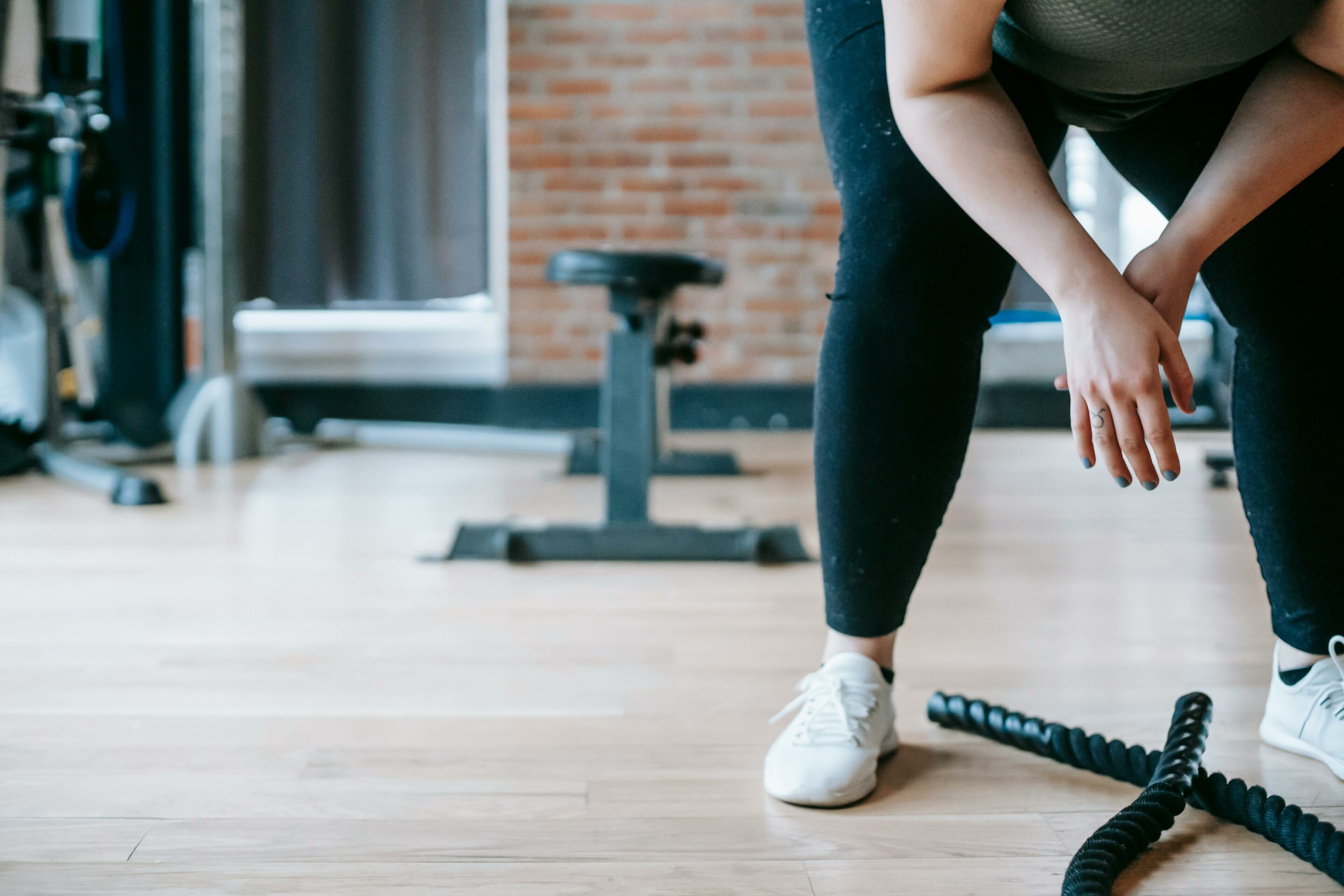“I’ve tried everything.”
This is usually followed by a list: personal trainers, gym memberships, online programs, group classes, diet plans, fitness apps, home equipment.
The list is impressive. The results, unfortunately, are not.
But here’s what we’ve learned after working with hundreds of people who felt stuck: the problem was never their effort, their motivation, or their commitment.
The problem was that they were using approaches designed for someone else’s life, someone else’s body, someone else’s goals.
The One-Size-Fits-All Myth
The fitness industry loves universal solutions. “This worked for me, so it’ll work for you.”
But a 25-year-old’s recovery capacity isn’t the same as a 55-year-old’s. A woman navigating hormonal changes doesn’t need the same approach as someone with stable hormones. A time-pressed business owner can’t follow the same routine as someone with flexible schedules.
Yet we keep trying to squeeze ourselves into programs that weren’t designed with our specific reality in mind.
Then we blame ourselves when they don’t work.
The Hidden Barriers
Fear disguised as logic: “I’m too old to start strength training” actually means “I’m afraid of getting injured or looking foolish.” “I don’t have time” often translates to “I’m scared I’ll fail again.”
Perfectionism masquerading as standards: “I need to wait until I can commit fully” really means “I’m afraid of doing it imperfectly.” “All or nothing” thinking keeps us in the nothing category.
Comparison stealing confidence: Seeing others’ highlight reels makes our behind-the-scenes feel inadequate. We measure our beginning against someone else’s middle.
The Age Factor
If you’re over 50, you’ve likely been told – directly or indirectly – that your physical peak is behind you. That the best you can hope for is to slow the decline.
This narrative is not just wrong; it’s harmful.
Your body at 55, 65, or 75 is capable of remarkable adaptations. But it needs an approach designed for where you are now, not where you were at 25.
The problem isn’t your age. It’s that most fitness approaches ignore the wisdom and specific needs that come with life experience.
The Hormone Reality
For women experiencing perimenopause or menopause, the rules have changed, but no one handed you the new playbook.
What worked in your 30s might not just be ineffective now – it might actually work against your goals. Your metabolism, energy patterns, and recovery needs are different.
This isn’t failure. This is biology. And biology can be worked with once you understand what’s actually happening.
The Time Trap
“I don’t have time” is the most honest barrier, and the most misunderstood.
You don’t need more time. You need a different relationship with time.
The all-or-nothing approach says you need an hour a day, six days a week, forever. No wonder it feels impossible.
But what if effective movement could happen in 20-minute sessions? What if consistency mattered more than duration? What if the goal was integration, not addition?
The Comparison Game
Social media has made everyone else’s fitness journey visible, creating an impossible standard of comparison.
You’re comparing your Day 1 to someone else’s Day 1,000. Your challenging day to their highlight reel. Your real life to their curated content.
This comparison doesn’t motivate. It paralyses.
The Real Barriers Aren’t What You Think
The biggest barriers aren’t physical. They’re not even about time or money.
They’re about stories we’ve accepted as truth:
- “I’m too old/busy/tired/broken to change”
- “I’ve tried everything and nothing works”
- “I’ll start when I have more time/energy/motivation”
These stories feel protective, but they’re actually limiting. They keep us safe from disappointment by keeping us safe from possibility.
What Actually Works
Effective transformation happens when three things align:
- An approach designed for your specific situation – not a generic programme, but something that fits your body, your life, your goals
- Realistic expectations – progress that builds rather than overwhelms
- Support that understands your challenges – guidance from people who’ve worked with others in your exact situation
This isn’t about finding more motivation or trying harder. It’s about finding the right approach and the right support.
Your Why Matters More Than Your How
Before we talk about what to do, we need to understand why you want to do it.
Not the surface-level why (“I want to get fitter”). The deeper why that will sustain you through challenging days.
Is it about being the grandparent who keeps up? The partner who has energy for relationship? The leader who models sustainable success?
That why – specific, personal, meaningful – becomes the foundation everything else is built on.
What story have you been telling yourself about why change isn’t possible? Sometimes the most important step is recognising that the story isn’t true.


